What are Radio Rigs for Amateur Radio?
These radio rig accessories form a part of station operation. There is however another vital category of equipment that is needed for testing, calibration, and routine station performance evaluation. These include antenna analyzer, oscilloscope, frequency counter, and standard, spectrum analyzer, dummy load, absorption power meter, RF signal generators, two-tone oscillator, etc.
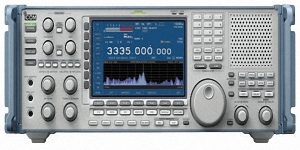 Communication Receivers
Communication ReceiversThe basic architecture of a communication receiver is similar to that of a domestic broadcast receiver. They have RF preamplifier, mixer, oscillator, IF amplifier, demodulator, AGC and audio amplifier chain. The similarity ends here. A communication receiver is a more complex radio rig. The front-end has a high spurious-free dynamic range, lower noise-figure, higher sensitivity, and large signal handling capability. In a superhetrodyne, it must have superior image rejection. Typically it has crystal IF filters with sharp skirt selectivity and deep off-band rejection. It should have high adjacent channel rejection with minimal desensitization, multi-mode demodulator (typically CW, AM, SSB, FM), Dual VFO for split, stable LO (Synthesizer or DDS) with digital display, selectable AF filters, high dynamic range AGC, etc… Read More.
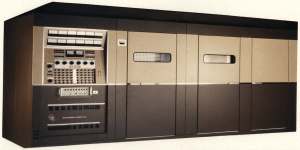 Radio Transmitters
Radio TransmittersWhat we see in the picture is a partial view of a powerful broadcast transmitter. Amateur radio transmitters are typically tabletop units. In the early days of ham radio they were either CW, AM or FM and were vacuum tubes designs. SSB came later. These radio rigs were mostly home-brewed using triode or tetrode class-C final amplifiers. Finals were keyed to produce CW while AM was produced mostly by plate modulation of the final PA stage. PI-network output matching sections were common. Modern solid-state amateur transmitters have quite a different architecture. They use frequency synthesized RF source for stability and versatility and DSP techniques for base-band processing. Modulation is done at a low power level in the exciter. A linear amplifier is used in the final stage… Read More.
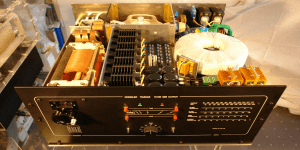 RF Power Amplifiers
RF Power AmplifiersRF power amplifiers (PA) are vital in a radio transmitter chain. For typically 100-150W or less, they are often built into the transceiver. PAs for CW and FM can well be class-C designs offering high efficiency, but AM, SSB and most other modulations can not use class-C amplification. They require linear amplifiers which have to be biased at least for class-AB operation. The efficiency of class-AB amplifier is lower, but it can be universally used since it supports all modulation modes and emissions. For ham radio, a solid-state linear PA is cost-effective up to 500-600 watts. At higher power, hams usually opt for vacuum tube linears. Unlike vacuum tube linears that require plate tuning and loading networks, solid-state PAs can easily be designed for broadband coverage (2-30 MHz)… Read More.
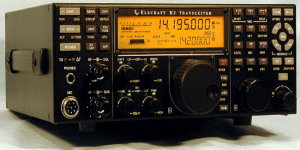 Transceiver Architecture
Transceiver ArchitectureA combination of a communication receiver and a radio transmitter in a single physical unit is the Transceiver. Apart from being cost-effective, it also logically combines several functions and panel controls very effectively. Several electronic sub-assemblies are reused within the transceiver during both TX and RX modes. Common filters, local oscillators, VFO, meters and display units are some examples. They are electronically switched within the transceiver for use in both TX and RX modes. It also requires only one power supply unit. All electrical switching for TX/RX are done with a built-in T-R switch. Very often several important station accessories are also built-in. For instance a typical transceiver will feature a SWR/Power meter, automatic antenna tuning unit (ATU), etc… Read More.
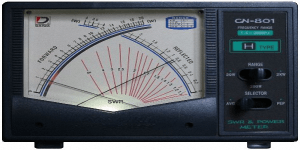 Peripheral Equipment
Peripheral EquipmentPeripheral equipment or station accessories are also radio rigs which play an important role in ensuring efficiency and communication efficacy of any radio station. A typical ham radio operator has several types of accessories and gadgets in his shack. In the good old day, a ham operator would home-brew many such accessories. A simple grid-dip oscillator (GDO), a noise bridge, a thru-line SWR meter made using a stripped and modified co-axial cable section for sensing were very common sight. Home-brewed crystal marker generators, dummy loads, power meters and Z-match type ATU, etc were also used. In the present day, they have been largely replaced by commercially manufactured accessories which include antenna analyzer, vector network analyzer (VNA), digital power meter, spectrum analyzer, etc… Read More.
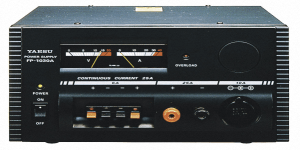 Power Supply Units
Power Supply UnitsMost amateur radio transceivers run on a DC power source, typically 13.8V (12-14V). At these low voltages, they draw a lot of current. A 100W SSB transceiver may need about 20A. Hence we need external power supply units running on AC mains to produce regulated DC at the stipulated voltage. Such a power supply must feature low RF impedance and low ripple content. A linear regulated DC power supply has the cleanest output with no EMI/RFI, but they are large and bulky. They have low efficiency, produce a lot of heat and use big heat-sinks. They have large built-in transformers. Another more popular option is to use Switching Mode Power Supply (SMPS) . These are compact, light weight and efficient, but generate EMI/RFI which is not too good for sensitive RX front-ends… Read More.
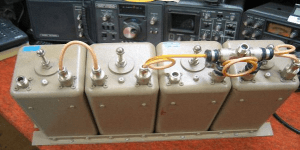 Repeaters & Transponders
Repeaters & TranspondersRepeaters and Transponders are also a combination of a receiver and a transmitter. These combinations are different from a transceiver and serve entirely different purpose. Typically an average amateur radio repeater works with TX and RX both working simultaneously on the same band with a small frequency offset. The objective is to create an automatic, continuous relay link where traffic between two distant VHF/UHF stations are routed. A repeater uses a common antenna on the same band with TX and RX operating together. A critical component that makes it possible is called a Duplexer. A Transponder however, is a cross-band repeater. They are normally used in satellite communications to handle wide-band multiplexed traffic. Instead of Duplexers they use Diplexers… Read More.
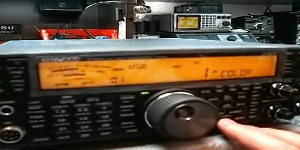 Tuning & Operating Rigs
Tuning & Operating RigsAn amateur radio operator must develop the skills required to tune and operate a radio station. The skill level may vary depending on the complexity of the station configuration. For a simple setup consisting of a modern solid-state transceiver with a built-in automatic ATU and a commercially fabricated antenna, the required skills to get operational are minimal. However, to achieve optimal performance the operator must know when and how to use various functions like RX filter settings, AGC/ALC settings, RF gain, noise blanker, speech processor, RIT, XIT, dual VFO split, etc. More elaborate setups require greater skills. For instance a vacuum tube linear PA setup with SWR meter and external ATU would need adjusting of input drive, optimal plate current, plate tuning, loading, minimizing SWR and much more… Read More.
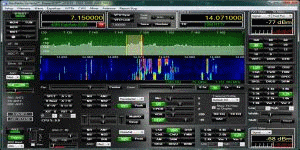 SDR – Software Defined Radio
SDR – Software Defined RadioSoftware Defined Radio (SDR) may have different manifestation in different scenarios. Ideally a full SDR design would have an ADC as the receiver front-end connected to the antenna. Thereafter the digitized antenna signal would be processed using software implementation of all stages including mixers, local oscillators, amplifiers, demodulator, filters, etc. A transmitter would be a reverse chain with a RF power DAC driving the antenna. However, due to cost and technology limitations, at present its just a utopian thought. A practical amateur radio SDR is a partial implementation. RF front-end is a hardware black-box usually featuring a zero-IF switched balanced mixer and quadrature DDS as LO. The I/Q audio output is fed to PC via sound-card. Rest of the stages are SDR implementation in the PC… Read More.
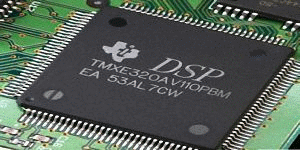 DSP – Digital Signal Processing
DSP – Digital Signal ProcessingDigital Signal Processing (DSP) software algorithms run on a PC is used to implement a typical amateur radio SDR. DSP implementation of sample rate converter, demodulator, modulator, I/Q phase shifter, filters (FIR, IIR), AGC loop, speech compressor, FFT implementation, waterfall display, etc are common. However, DSP is not limited only to PC or computer hardware but are also integrated into radio rig hardware. For professional electronic and telecommunication applications DSP is done via dedicated programmable DSP processors. Field Programmable Gate Array (FPGA) is another great option. DSP algorithm mapping to FPGA is common. These flexible devices are suitable for high-speed operation. Another lower cost, yet useful alternative is to implement DSP on micro-controllers for embedded signal processing… Read More.
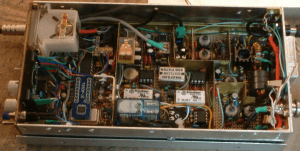 Home-brewing & Construction
Home-brewing & ConstructionHome Brewing is a common term amongst amateurs. It refers to self fabrication of rigs, accessories, antennas, etc. Home-brewers not only fabricate and assemble various types of radio rigs, they also often dwell deep into the technology and often design and develop them. This aspect of ham radio is its core essence and is enshrined in the definition. Sadly, it is now a dying art, not pursued by many. Dependency on commercially fabricated radio rigs have become prevalent. However, one must remember that if there had been no home-brewing there would have been no ham radio. Amateur radio came into existence and earned the respect it enjoys only due to the avid home-brewers since yesteryear. Lot of pioneering work in telecommunication was done by such hams. That is how ham radio got global acceptance and continues to do so… Read More.














